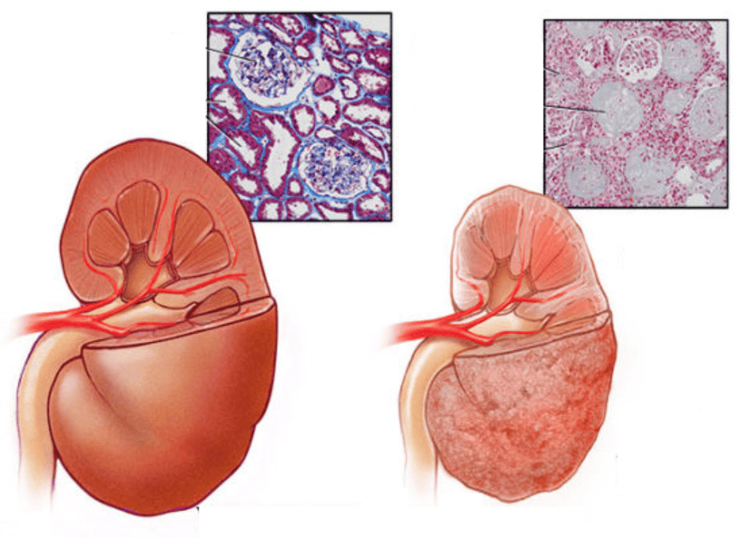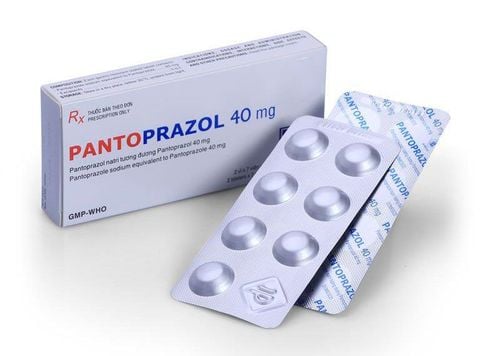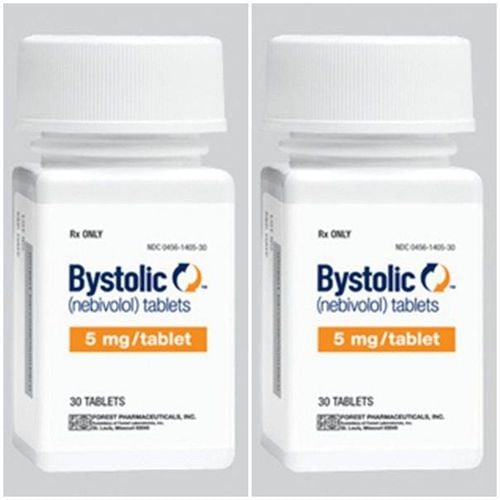This is an automatically translated article.
The article was consulted with Dr. Nguyen Van Duong - Interventional Cardiologist - Cardiovascular Center - Vinmec Central Park International General Hospital.Benign sclerosis is one of the complications of high blood pressure - the most common cardiovascular disease today. If not detected and treated promptly, renal sclerosis can lead to kidney failure, adversely affecting the patient's quality of life.
1. Overview of benign nephrosclerosis due to high blood pressure
Benign nephrosclerosis is long-term kidney damage caused by high blood pressure. The renal arterioles are degraded, the endothelium thickens and spreads to the entire vessel wall. At the same time, fat tends to accumulate more on the damaged vessel walls. As a result, the kidneys are deprived of blood supply, leading to damage to the kidney parenchyma.Risk factors for benign renal sclerosis include:
Older age Poorly controlled high blood pressure Pre-existing kidney disease.
2. Symptoms of renal sclerosis
Benign nephrosclerosis often presents with symptoms similar to chronic kidney disease, the most common being:Anorexia Nausea Itchiness Lethargy Weight loss Hematuria In addition, patients may present with symptoms of target organ damage in other locations such as heart, brain, eyes due to poor control of high blood pressure.

3. Diagnosis of renal sclerosis
To determine the complications of benign renal sclerosis in patients with high blood pressure, the doctor should rely on the following factors:History of high blood pressure of the patient Blood tests show kidney failure: Creatinine, BUN, Blood Phosphorus increased Signs of target organ damage from high blood pressure: Retinal damage, left ventricular enlargement,... Rule out other causes of chronic kidney disease by: Urinalysis does not suggest other causes other causes of renal failure (eg, glomerular disease, hypertensive emergency); ultrasound showed reduced kidney size; Renal biopsy if the diagnosis is not clear, the histopathological picture on the biopsy shows atrophied renal tubules, fibrosis of interstitial tissue and some inflammatory cells, narrowing of renal arterioles due to hyaline deposition.

4. Treatment of renal sclerosis
Controlling blood pressure is the most effective treatment. The target blood pressure is less than 140/90 mmHg. Most patients require a combination of drugs to control blood pressure. Calcium channel blockers and thiazide diuretics can be used as first-line choices. The doctor will add an angiotensin II receptor blocker or an ACE inhibitor if the patient has proteinuria. In addition to medication, weight loss, exercise, and salt and water restriction also help control blood pressure effectively. In conclusion, renal sclerosis is one of the complications of high blood pressure. If not detected and treated promptly, renal sclerosis can lead to kidney failure, adversely affecting the patient's quality of life.Please dial HOTLINE for more information or register for an appointment HERE. Download MyVinmec app to make appointments faster and to manage your bookings easily.
Reference source: britannica.com













